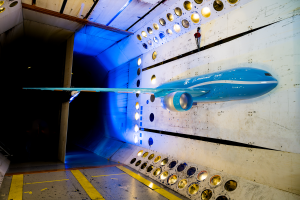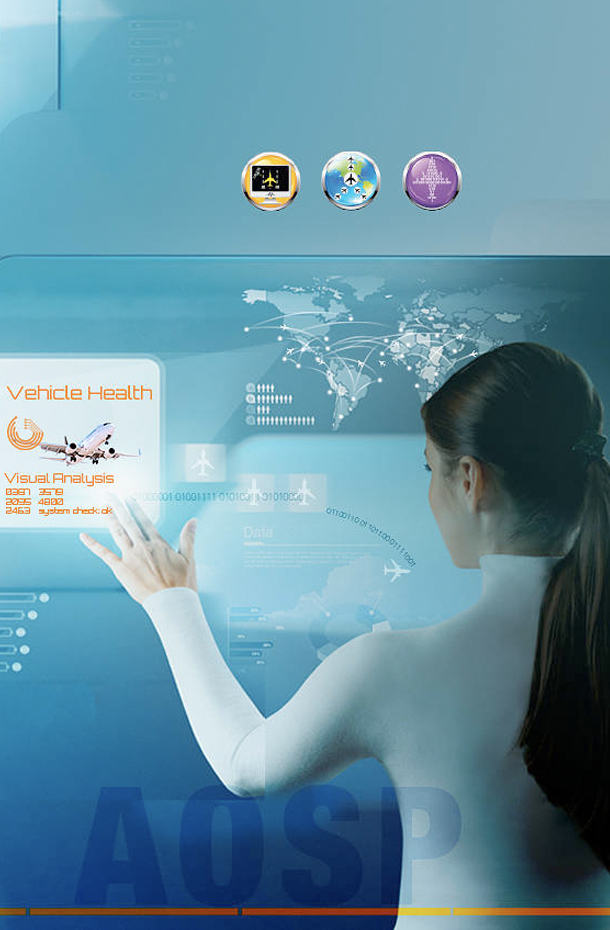
Read this feature in Spanish here.
Imagine requesting an air taxi by app, like you do now with Uber or Lyft, to travel to your local airport – you could be soaring above road traffic and arrive much faster than driving.
Aviation industry creatives are already designing rideshare air services between home and the airport. New remotely piloted and autonomous aircraft will make air travel more accessible to the public than it has been before. NASA is researching how these aircraft can be safely integrated into the existing airspace and exploring the technology that this new highly digital future airspace will need to be successful.
Data from this work, conducted by the Advanced Air Mobility (AAM) mission, is being shared with the Federal Aviation Administration (FAA). The FAA regulates and certifies these aircraft to ensure they can safely fly in the national airspace.
NASA is looking into design and operation options for situations where aircraft will land and take off, and how the aircraft will be built, powered, and maintained. This and other research will provide insights to help industry create an optimum accessibility environment.
There are currently more than 5,000 public airports in the U.S. AAM will add new ways for passengers to access these airports. Passengers may travel from rural areas or cities quickly to board commercial airliners, and these same air taxi services would give them increased access to medical care or to purchase goods. Delivery drones could also provide easier access to goods and services.
AAM seeks to create affordable and efficient aviation resources for the general public to allow for more people to easily access new, on-demand services. Like commercial air travel today, accommodations will need to be made to these aircraft to cater to all levels of ability. This could include installing ramps for wheelchair access, specialized seats and seatbelts, and added visual and auditory aids to make the aircraft compliant with the Americans with Disabilities Act.
NASA research areas in air traffic management, automation, noise, and safety will need to be combined to make these operations a reality. Government agencies, industry, and the public, will need to combine their efforts to safely integrate this new class of aircraft.
NASA’s vision is to map out safe, accessible, and affordable new air transportation system alongside industry and community partners and the FAA. These new capabilities would allow passengers and cargo to travel on-demand in innovative, automated aircraft across town, between neighboring cities, or to other locations typically accessed today by car.





































